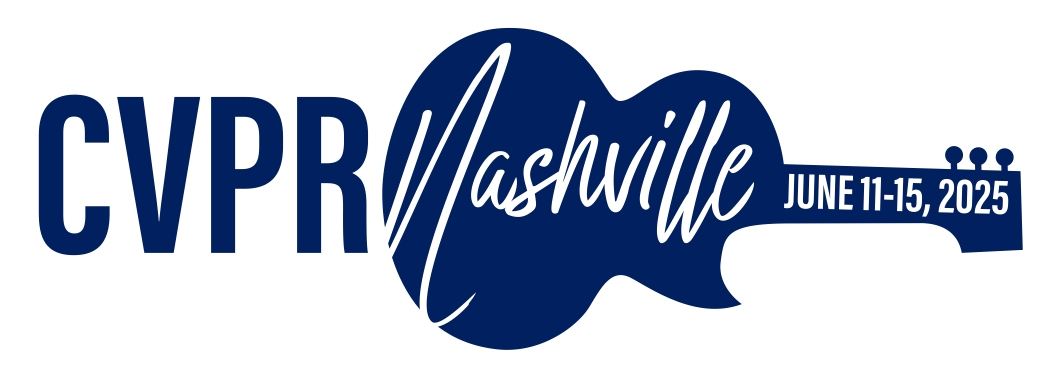-
[pdf]
[arXiv]
[bibtex]@InProceedings{Kong_2025_CVPR, author = {Kong, Dehong and Li, Fan and Wang, Zhixin and Xu, Jiaqi and Pei, Renjing and Li, Wenbo and Ren, WenQi}, title = {Dual Prompting Image Restoration with Diffusion Transformers}, booktitle = {Proceedings of the IEEE/CVF Conference on Computer Vision and Pattern Recognition (CVPR)}, month = {June}, year = {2025}, pages = {12809-12819} }
Dual Prompting Image Restoration with Diffusion Transformers
Abstract
Recent state-of-the-art image restoration methods mostly adopt latent diffusion models with U-Net backbones, yet still facing challenges in achieving high-quality restoration due to their limited capabilities. Diffusion transformers (DiTs), like SD3, are emerging as a promising alternative because of their better quality with scalability. However, previous conditional control methods for U-Net-based diffusion models, such as ControlNet, are not well-suited for DiTs. In this paper, we introduce DPIR (Dual Recent state-of-the-art image restoration methods mostly adopt latent diffusion models with U-Net backbones, yet still facing challenges in achieving high-quality restoration due to their limited capabilities. Diffusion transformers (DiTs), like SD3, are emerging as a promising alternative because of their better quality with scalability. In this paper, we introduce DPIR (Dual Prompting Image Restoration), a novel image restoration method that effectivly extracts conditional information of low-quality images from multiple perspectives. Specifically, DPIR consits of two branches: a low-quality image conditioning branch and a dual prompting control branch. The first branch utilizes a lightweight module to incorporate image priors into the DiT with high efficiency. More importantly, we believe that in image restoration, textual description alone cannot fully capture its rich visual characteristics. Therefore, a dual prompting module is designed to provide DiT with additional visual cues, capturing both global context and local appearance. The extracted global-local visual prompts as extra conditional control, alongside textual prompts to form dual prompts, greatly enhance the quality of the restoration. Extensive experimental results demonstrate that DPIR delivers superior image restoration performance.
Related Material





